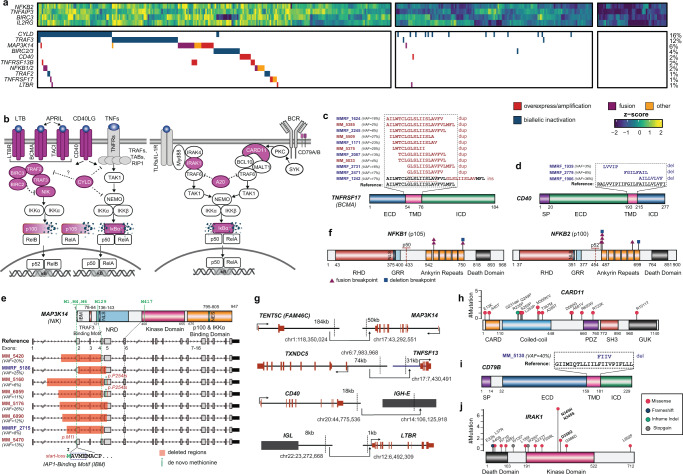Fig. 2. Diverse alterations of the NF-κB pathway in relapsed refractory multiple myeloma.
a Integrative heatmap for alterations in the NF-κB pathway for cases with tumor purity greater than 30% (n = 450). The transcriptomic signature for NF-κB activation was experimentally derived16. “Biallelic inactivation” includes homozygous deletion, hemizygous deletion coupled with mutation, or hemizygous deletion or uniparental disomy (UPD) coupled with downregulation of expression (1.5-fold below the cohort median). “Other” includes in-frame indels and internal or partial deletions. Frequency of respective alterations is provided to the right. b Summary of the alterations observed in the NF-κB pathway. Alterations in affected genes (highlighted in violet) were detected in all four branches of the NF-κB pathway, including TNF receptor family, non-canonical, Toll-like receptor (TLR), and B cell receptor (BCR) signaling. c In-frame tandem duplications or insertions in the transmembrane domain (TMD) of TNFRSF17. d In-frame deletions in the TMD of CD40. e N-terminal deletions in MAP3K14 (NIK) truncating the TRAF3 binding site in RRMM. Variant allelic fractions are indicated (VAF). f Schematics of gene fusions and deletions of the C-terminus of NFKB1 (left) and NFKB2 (right). g Translocations that lead to outlier expression of NF-κB genes, including a kinase (MAP3K14), a cytokine (TNFSF13), and cell surface receptors (CD40 and LTBR). Each translocation juxtaposed the gene of interest to a locus with a strong enhancer (IgH, IgL, FAM46C, and TXNDC5). Breakpoints are shown as dashed vertical lines. h Lollipop plot for CARD11 mutations in RRMM cohort. i In-frame deletion in the TMD of CD79B. j Lollipop plot for IRAK1 mutations aggregated from RRMM and newly diagnosed MM (NDMM) cohorts.

